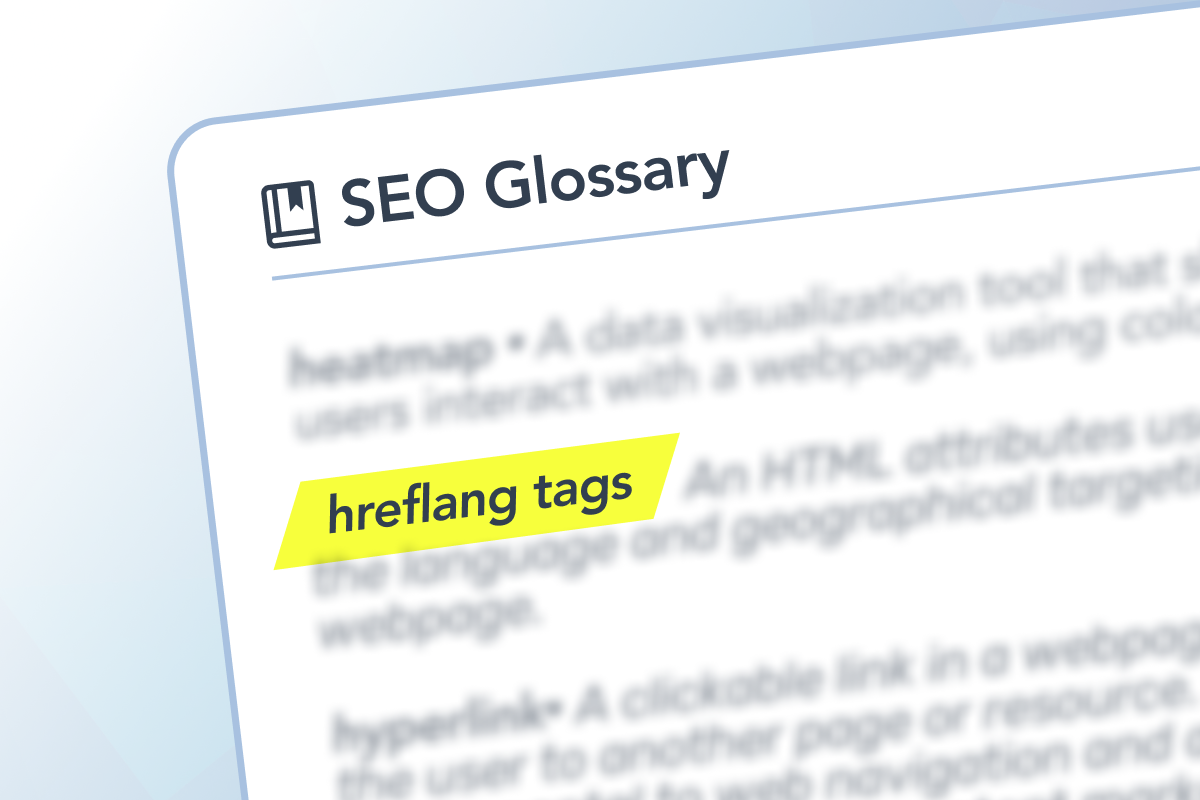Imagine you’re operating a global website, offering content in multiple languages for audiences around the world. When users in France search for your content, you want them to find the French version of your page, while users in Japan should see the Japanese version. This is where hreflang tags come into play. In the realm of SEO, hreflang tags are essential for directing users to the appropriate language version of your content.
What are hreflang tags?
Hreflang tags are HTML attributes used to specify the language and geographical targeting of a webpage. They help search engines understand the relationship between different language versions of your content, ensuring that users see the version most relevant to their language and location.
Why are hreflang tags important for SEO?
Implementing hreflang tags correctly is crucial for effective international SEO. Here’s how they benefit SEO:
- Improved user experience: Hreflang tags ensure that users are served content in their preferred language, enhancing their overall experience on your site.
- Avoiding duplicate content penalties: By indicating the relationship between different language versions of your content, hreflang tags help prevent duplicate content issues that could harm your SEO.
- Better search visibility: Proper use of hreflang tags can improve your search engine rankings in different regions by ensuring that the correct language version appears in search results.
How to use hreflang tags
- Specify language and region: Use the hreflang attribute to define the language and optionally the region (e.g., hreflang=”en-us” for English in the United States).
- Include a self-referencing tag: Ensure each page includes a hreflang tag that references itself.
- Use in sitemaps: Hreflang tags can also be included in your XML sitemaps for easier management and implementation.
Download our hreflang Language and Country Codes Handbook
"*" indicates required fields
Why are hreflang tags important for users?
- Relevance: Users receive content that is culturally and linguistically relevant, improving their interaction with your site.
- Accessibility: Makes your website more accessible to a global audience by catering to their language preferences.
Beyond their SEO benefits, hreflang tags significantly enhance user experience by ensuring users access content in their preferred language, leading to higher engagement and satisfaction. Here’s why it’s valuable:
Maintaining effective hreflang tag implementation
Ensuring effective use of hreflang tags can be straightforward with these best practices:
- Regular audits: Regularly audit your hreflang tags to ensure they are correctly implemented and pointing to the right versions.
- Monitor for errors: Use tools to check for any errors in your hreflang tag setup, as invalid tags can be ignored by search engines.
- Keep updated: Stay updated with the latest best practices and guidelines for hreflang tag implementation to maintain optimal performance.
By thoughtfully implementing hreflang tags, your website can better serve a global audience and align with best SEO practices. Like a multilingual guide in an international museum, good hreflang tags ensure your content reaches the right audience, no matter where they are or what language they speak.


